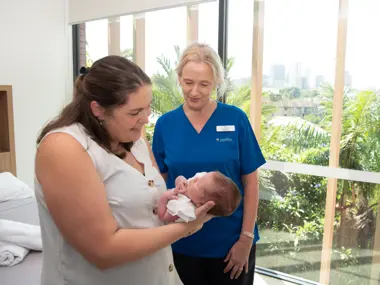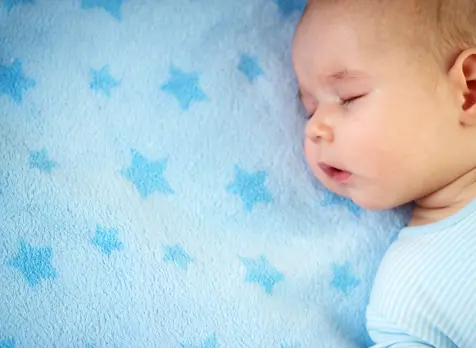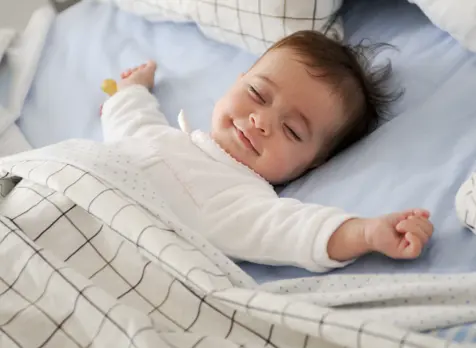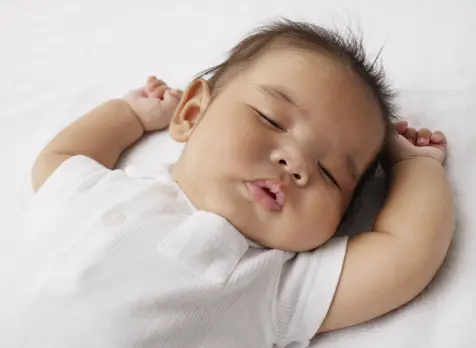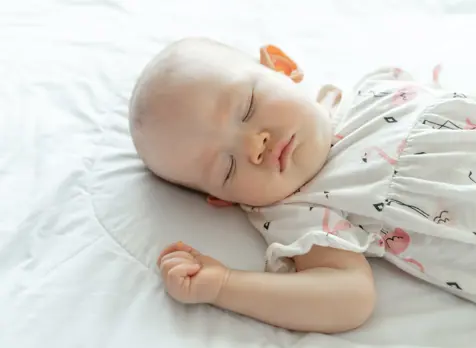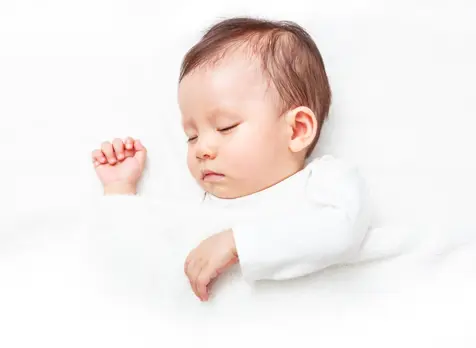Safe Sleeping
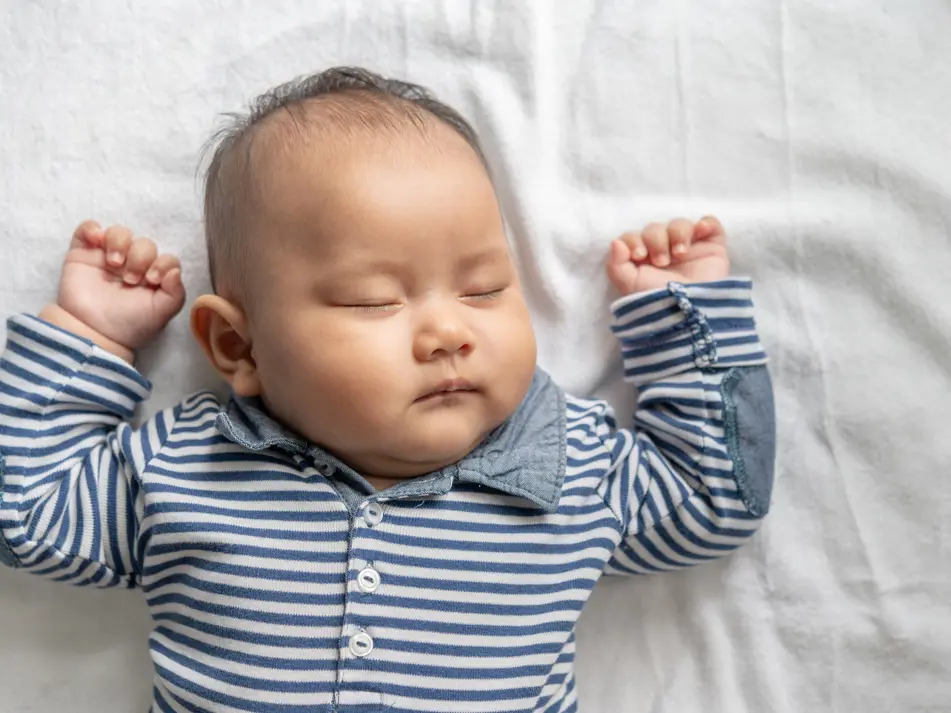
On this page
- Always place baby on their back to sleep
- Have a safe sleeping environment
- Sleep baby in their own safe sleep space
- What are some risks of co-sleeping?
- Keep baby’s face and head uncovered
- How to dress baby for sleep
- Keep baby smoke free before and after birth
- Breastfeed your baby
- More information about safe sleep
- FAQs about safe sleep
Understanding what makes a safe sleeping environment is incredibly important. Tragically some babies die unexpectedly and for no obvious reason in their sleep, it's called Sudden Unexpected Death in Infancy (SUDI) which includes Sudden Infant Death Syndrom (SIDS). Here are some ways you can reduce the risk.
1. Always place baby on their back to sleep
A baby should always be placed on their back to sleep.
When they're placed on their side, it can double the risk of SUDI. It's unstable as the baby is likely to roll into the tummy position. The tummy position makes the baby 9 times the risk of SUDI.
2. Have a safe sleeping environment
Your baby should have their own cot that meets the Australian safety standard and has a firm, well fitted mattress. Do not use a doona, cot bumper, mattress padding, sheep skin or leave soft toys in the cot.
Make sure hanging cords such as blinds or electrical appliances aren't near the cot and keep any electrical appliances, heaters, electric blankets or hot water bottles away from the baby.
Overheating is a risk for SUDI so make sure you dress your baby to be comfortably warm but not hot, to avoid overheating.
3. Sleep baby in their own safe sleep space
Your baby should sleep in their own cot in your bedroom at night for the first six to 12 months of life.
Co-sleeping or bedsharing isn't recommended due to the risk of SUDI.
Do not let your baby sleep on the couch or an armchair, especially with another person.
What are some risks of co-sleeping?
-
1
You are excessively tired.
-
2
You or your partner are under the influence of sedative prescription or non-prescription drugs or alcohol.
-
3
You or your partner smoke
-
4
Your baby is unwell with a respiratory illness.
-
5
Your baby is less than 3 months old.
-
6
Your baby was born small or prematurely.
For some people, co-sleeping is culturally normal. Others end up so exhausted from frequent night waking that they co-sleep due to feeling there is no other way to respond to their baby’s needs.
Co-sleeping does increase the risk of SIDS/SUDI.
If you would like support with trying to stop co-sleeping, please ring our parent help line for advice, and consider a residential stay.
4. Keep baby’s face and head uncovered
Make sure your baby's head and face cannot become covered while sleeping to prevent suffocation or overheating. Tuck in sheets and blankets or use a safe infant sleeping bag.
How to dress baby for sleep
When choosing bedclothes for your baby, dress them how you would dress for the temperature - not too hot, not too cold. Usually one layer more than yourself is a good measure.
If you're choosing a sleeping bag, check the TOG rating and match it to the temperature of the room. The manufacturer will have a guide to help you choose the right TOG and the clothes your baby will wear underneath. Make sure the sleeping bag is fitted around the neck and the baby's arms are fully out of the bag.
5. Keep baby smoke free before and after birth
Don't smoke during pregnancy or after your child is born and don't allow anyone to smoke near your baby.
6. Breastfeed your baby
Research has found that breastfeeding your baby can reduce the risk of SIDS by 50 per cent.
Tresillian understand it's not always possible and we support people who bottle feed their babies. We recommend following the other Safe Sleep Recommendations to reduce the risk of SUDI.
Make sure anyone who looks after your baby understands these safe sleeping recommendations.
More information about safe sleep
FAQs about safe sleep
If you're considering using a bassinet or rocking cradle, be aware that there aren't any Australian standards for them. You should look for sides that are higher than 3000mm to prevent your baby from falling, a snug mattress no more than 75mm thick and a wide stable base that won't tip over.
Current safety recommendations are to place your baby to sleep in a cot from birth so you can move your baby from a bassinet to a cot whenever you are ready.
The current safety recommendations are to place babies to sleep in a cot from birth. Make sure your cot meets Australian safety standards and has a safe, firm mattress.
If you're swaddling or wrapping your newborn, use lightweight, fabrics such as muslin and cotton. When you dress your newborn, consider the temperature of the room. Make sure they're comfortably warm, not too hot, not too cold.




































